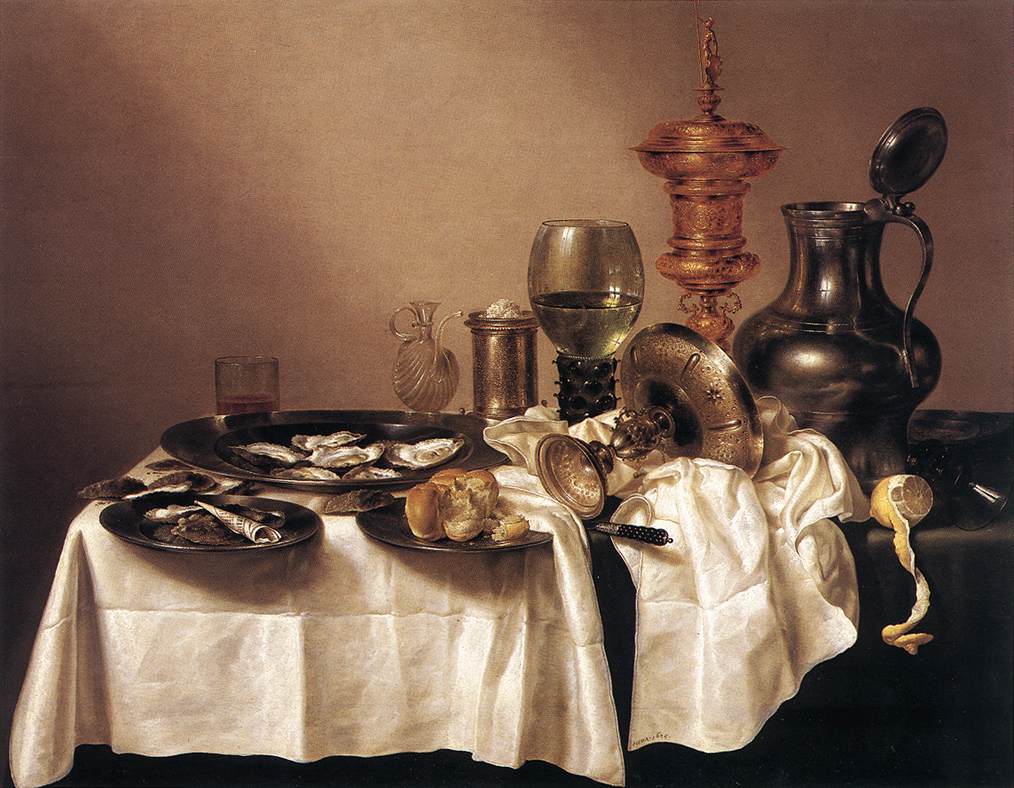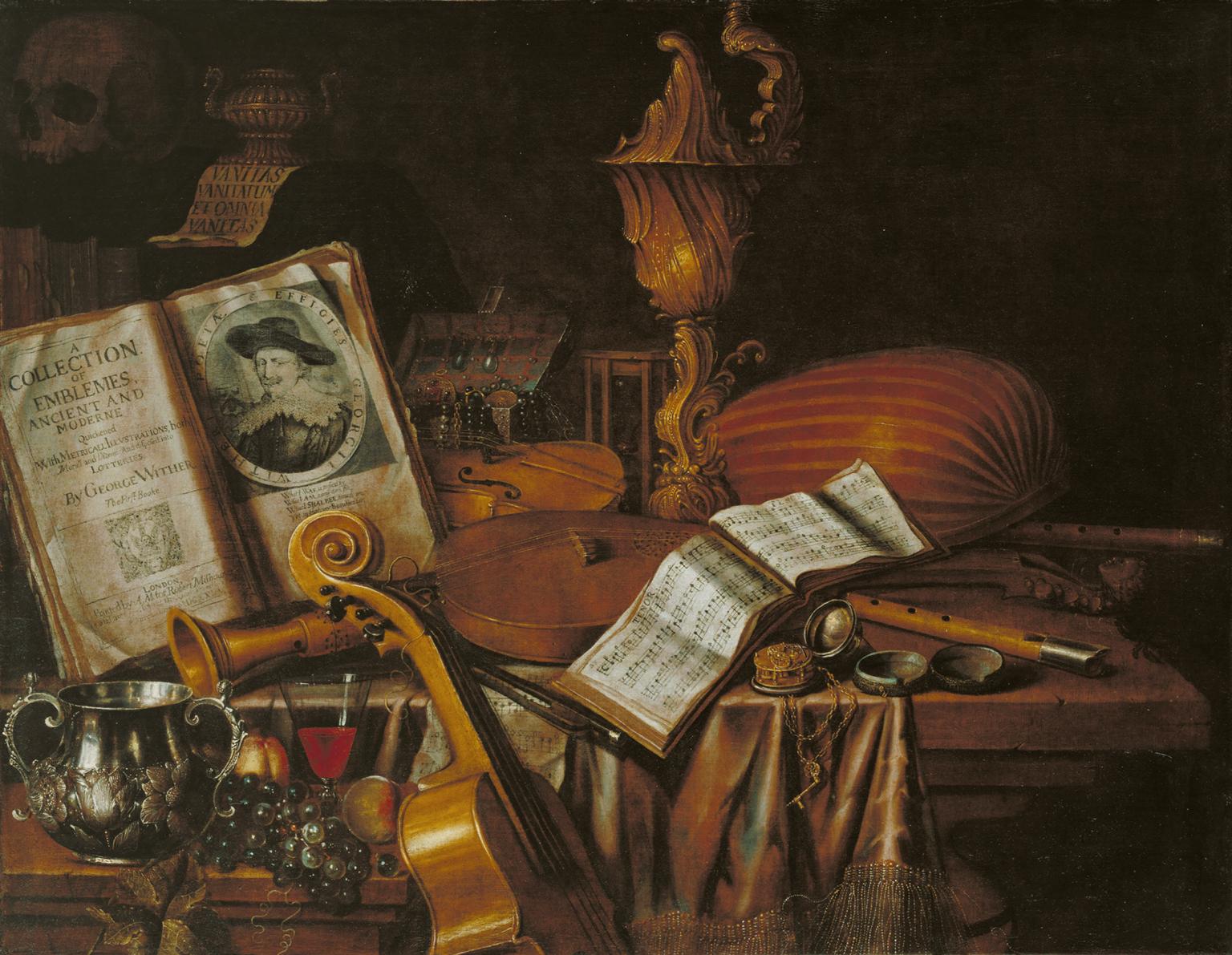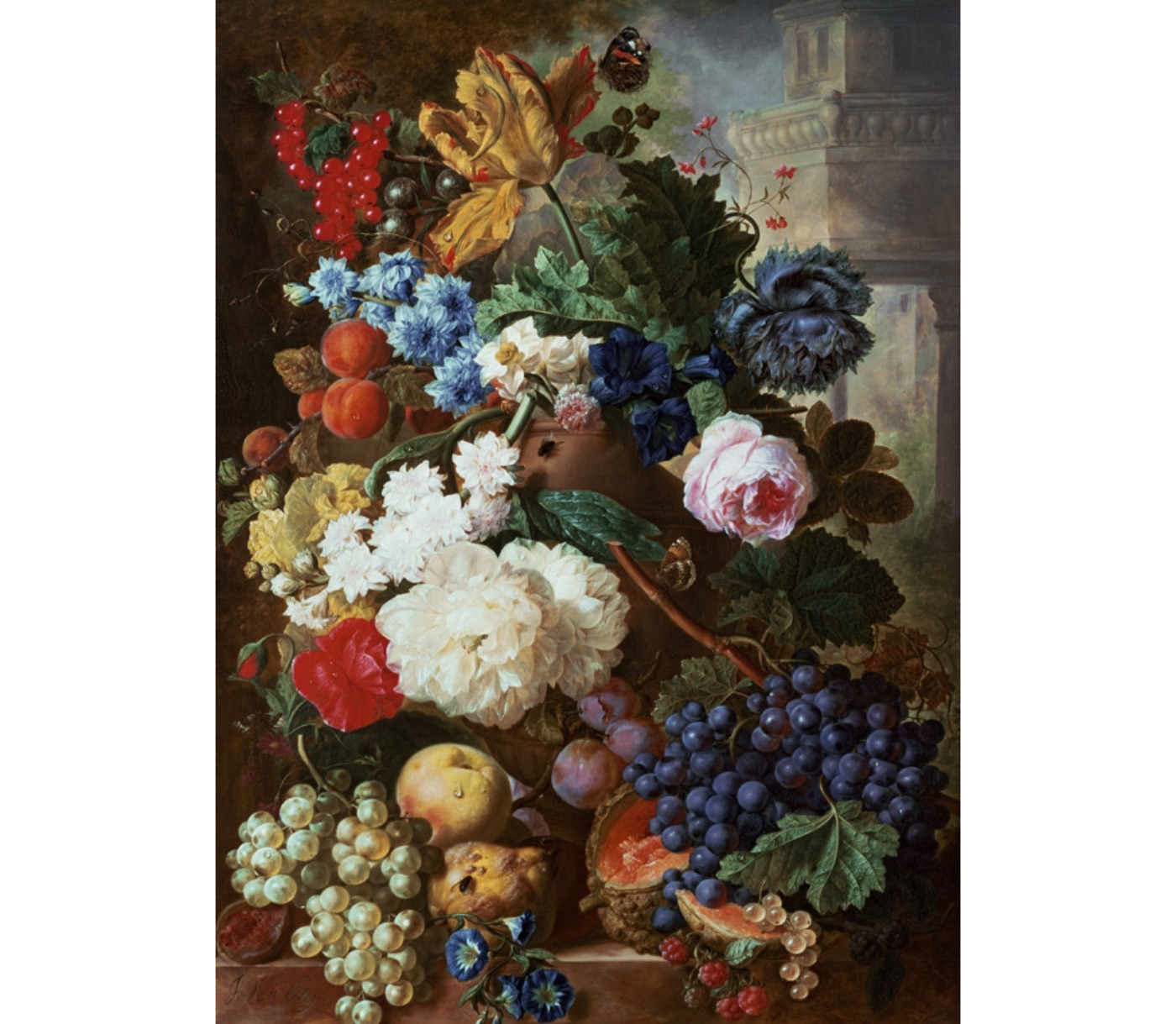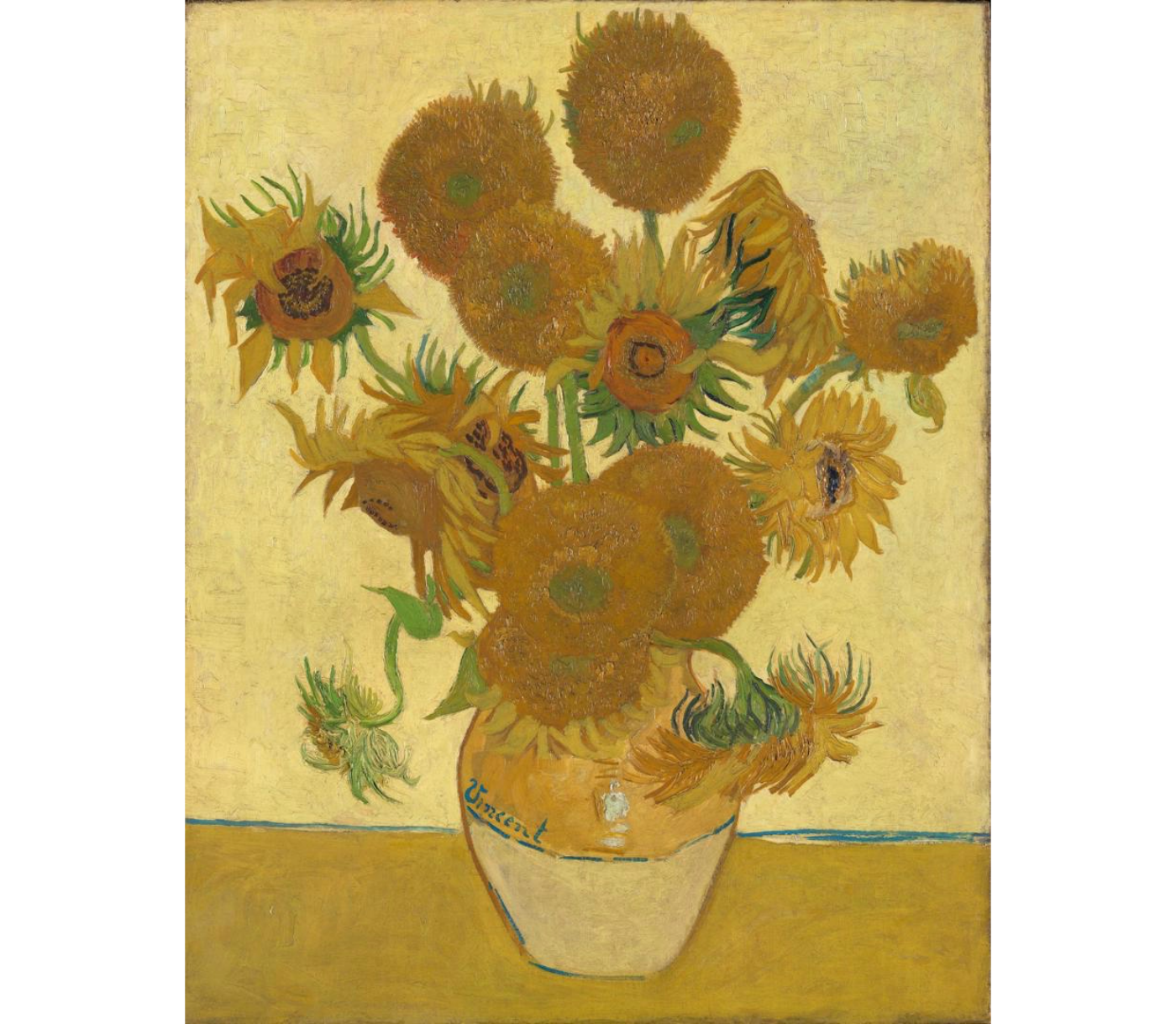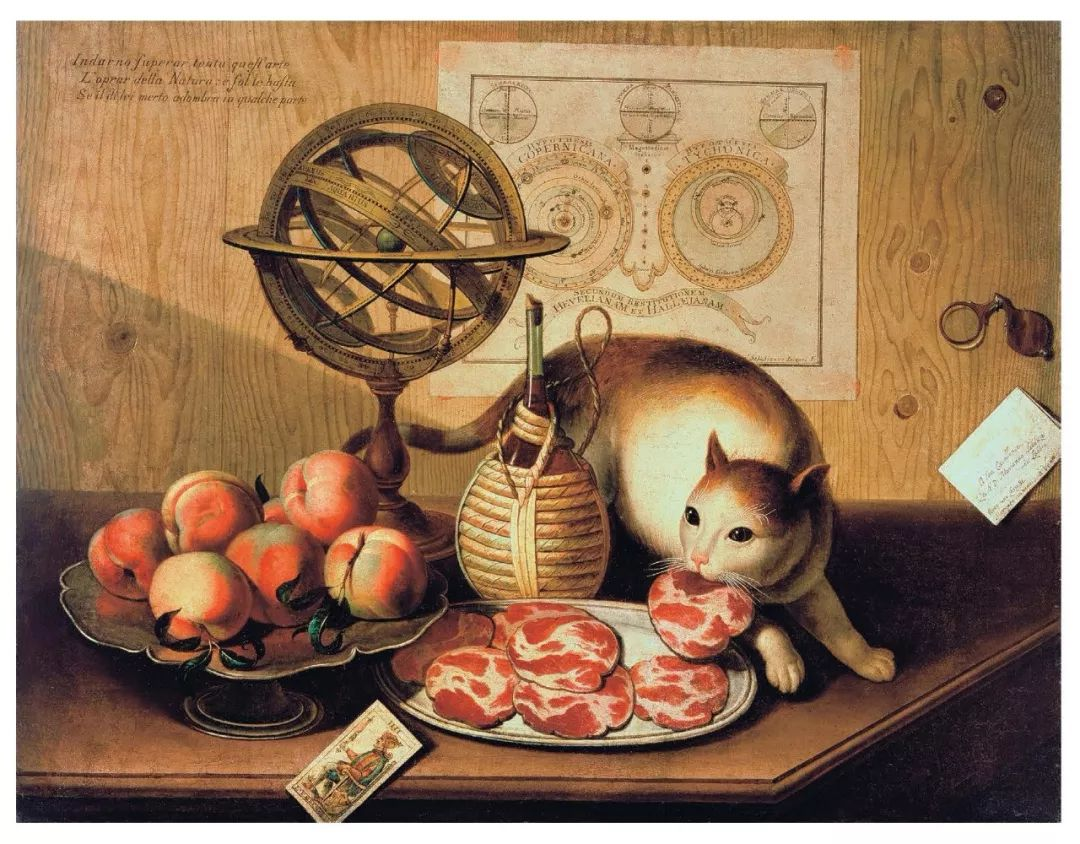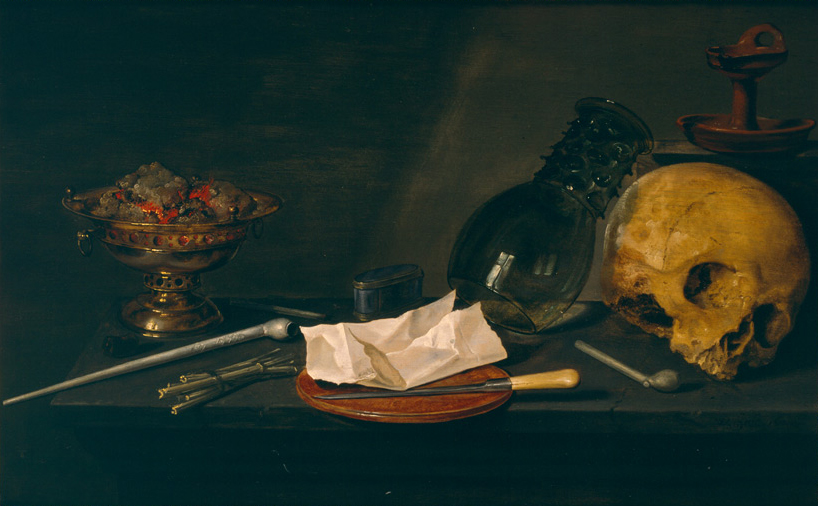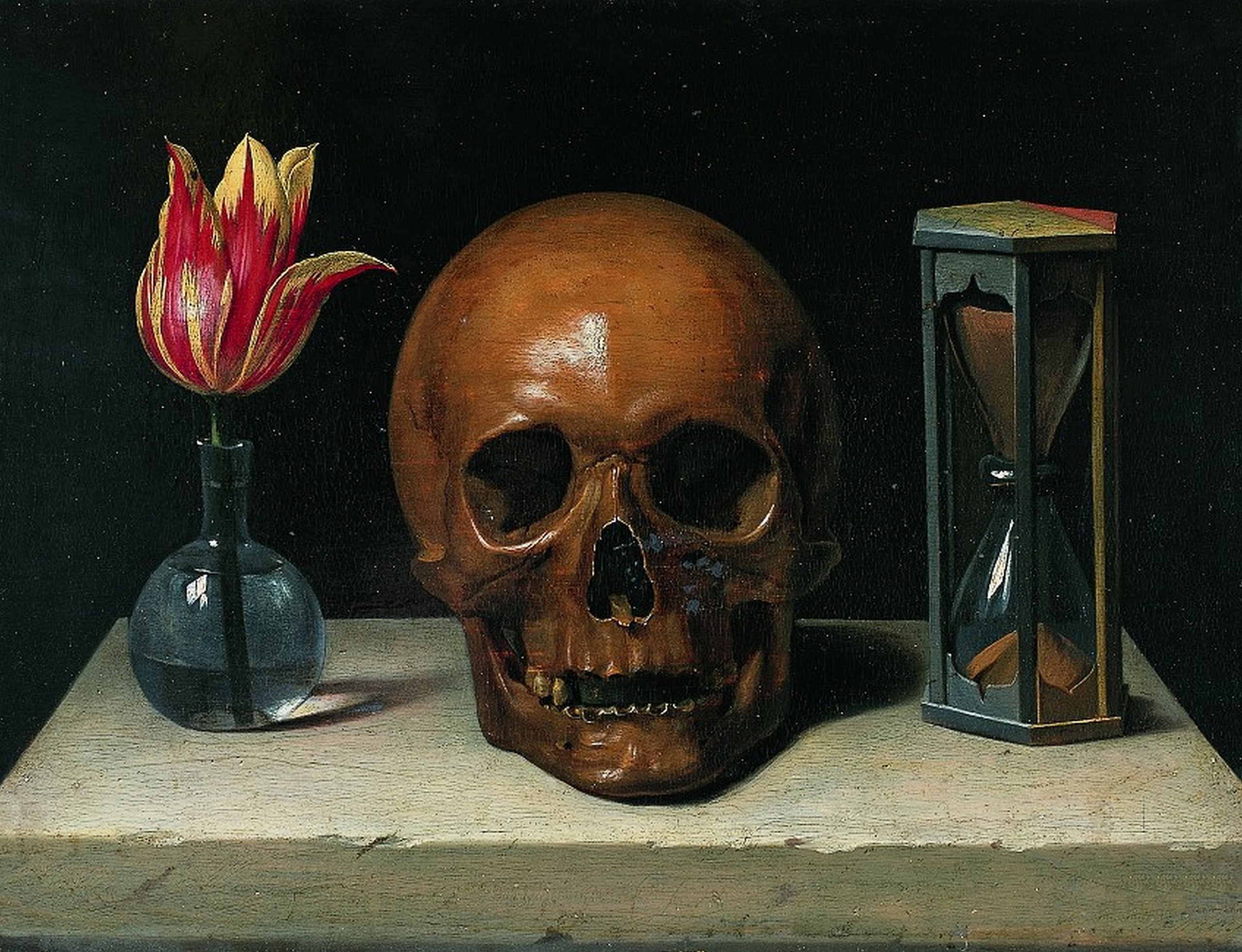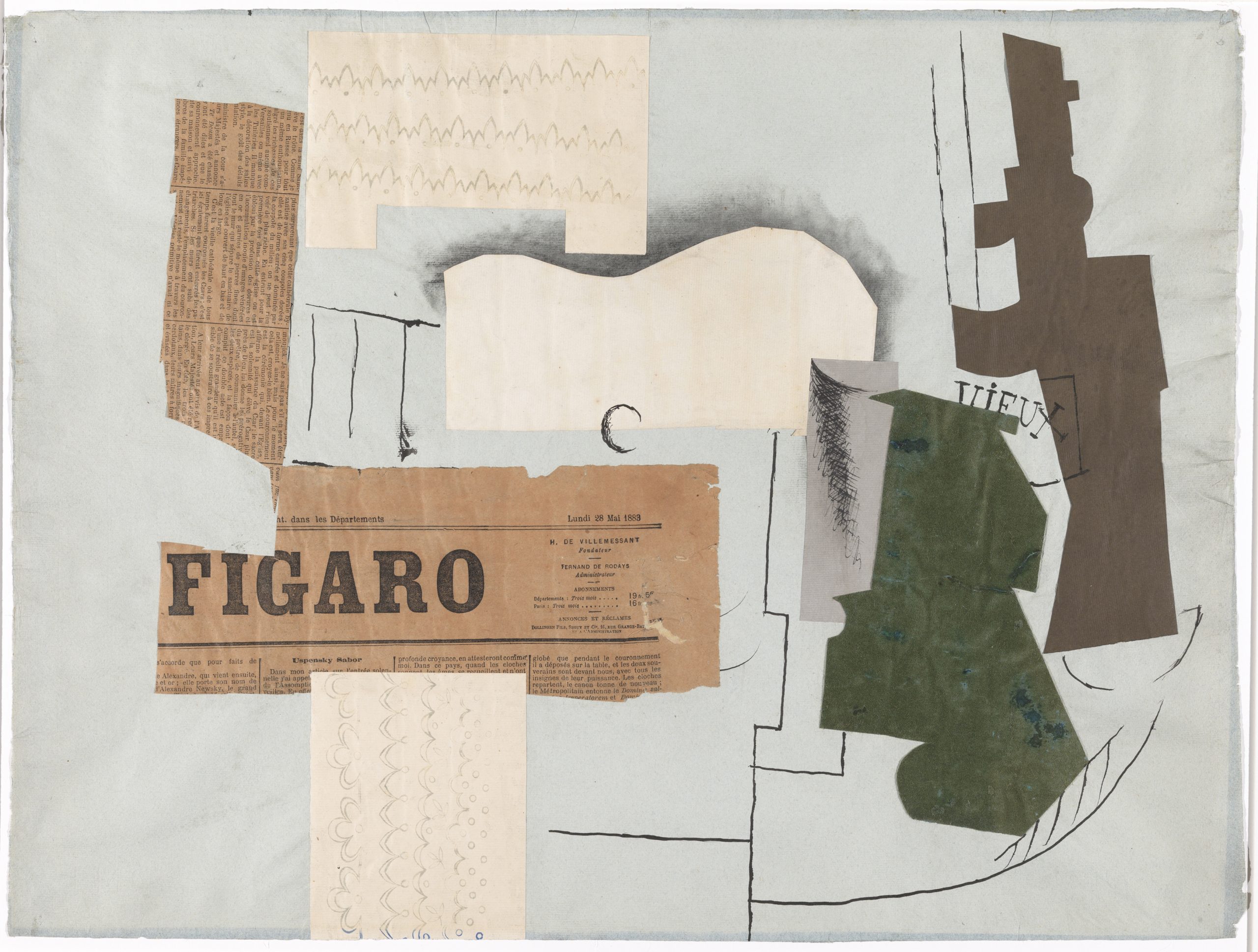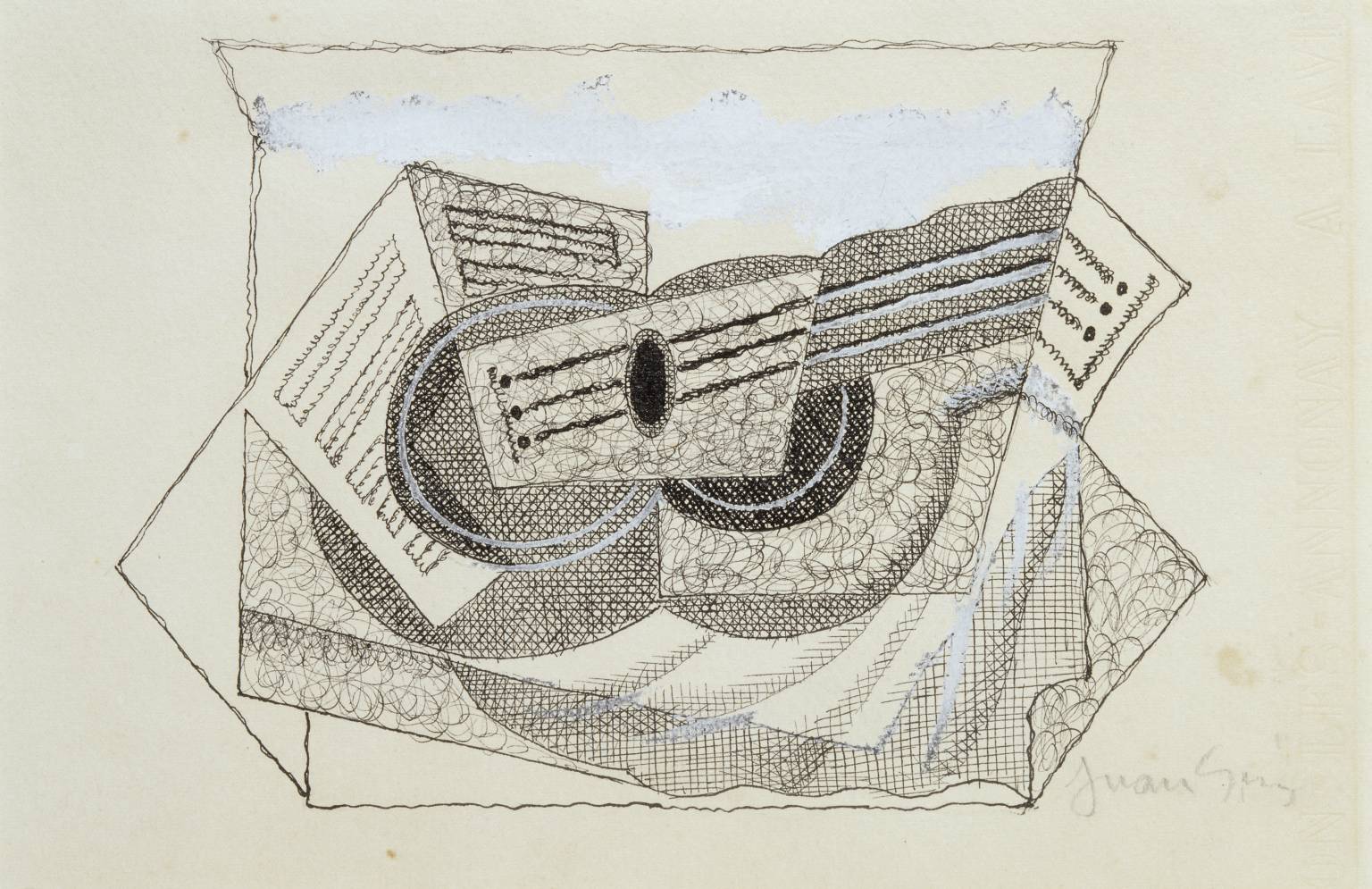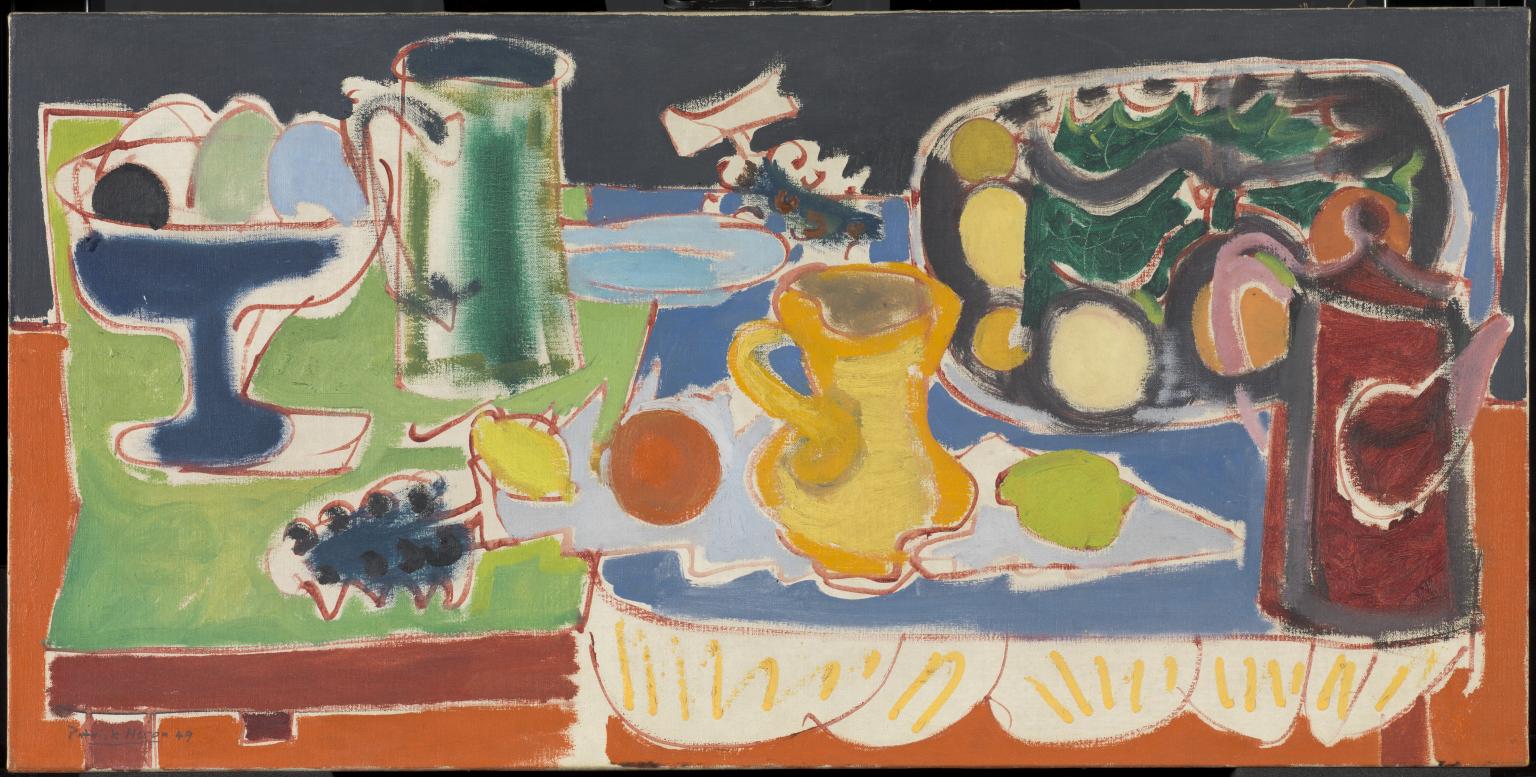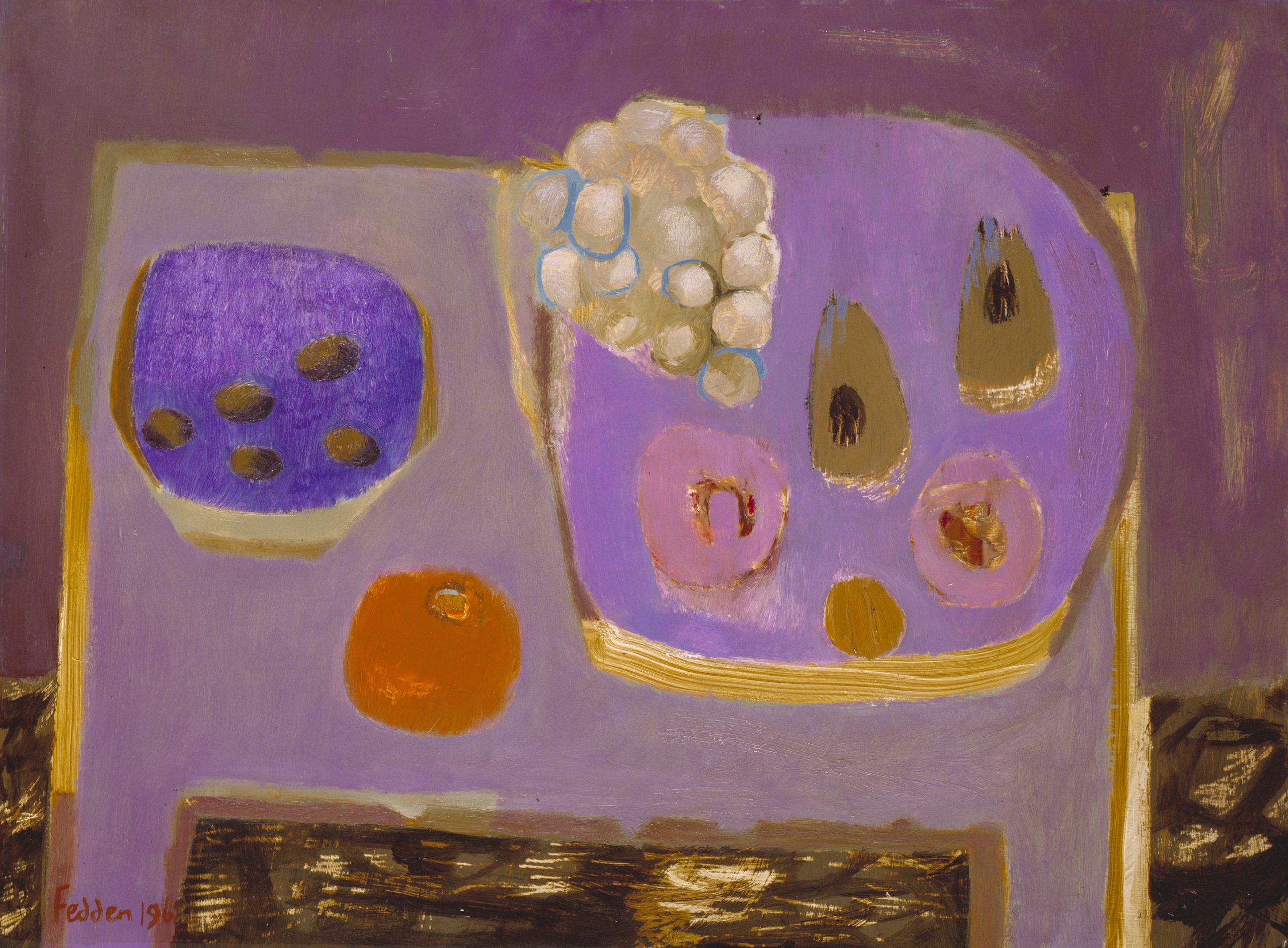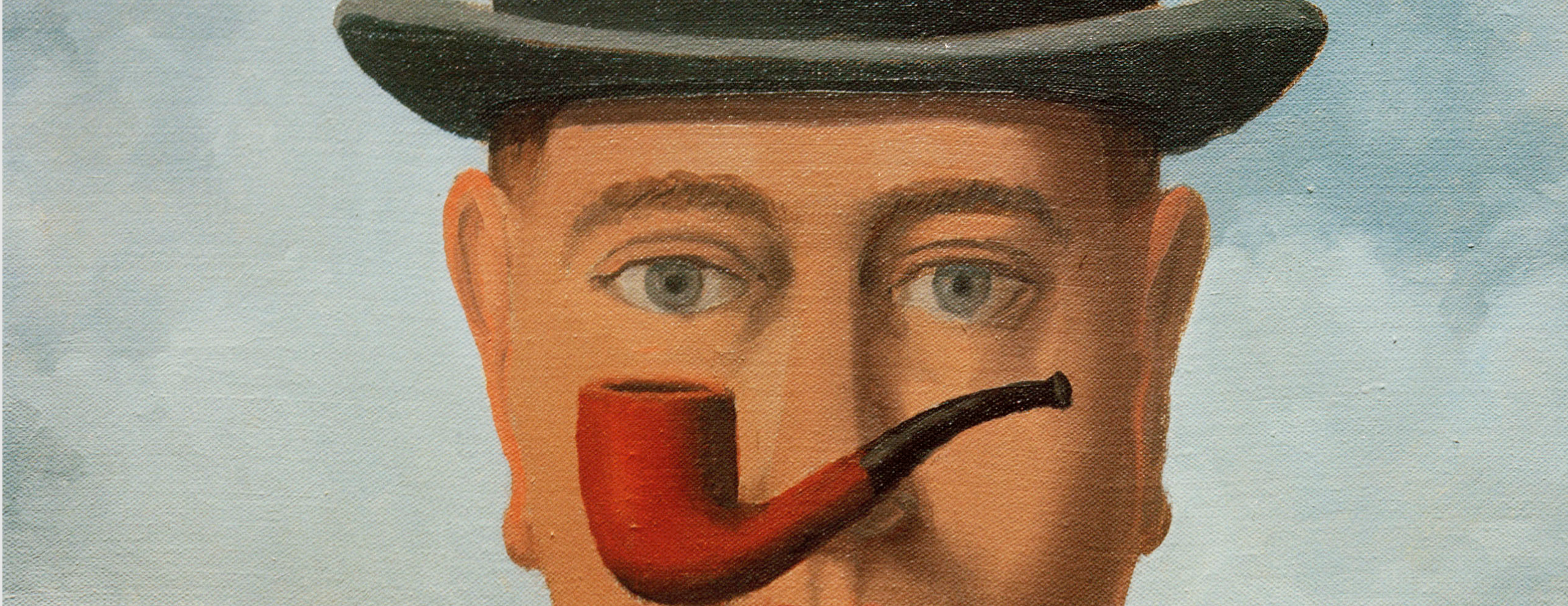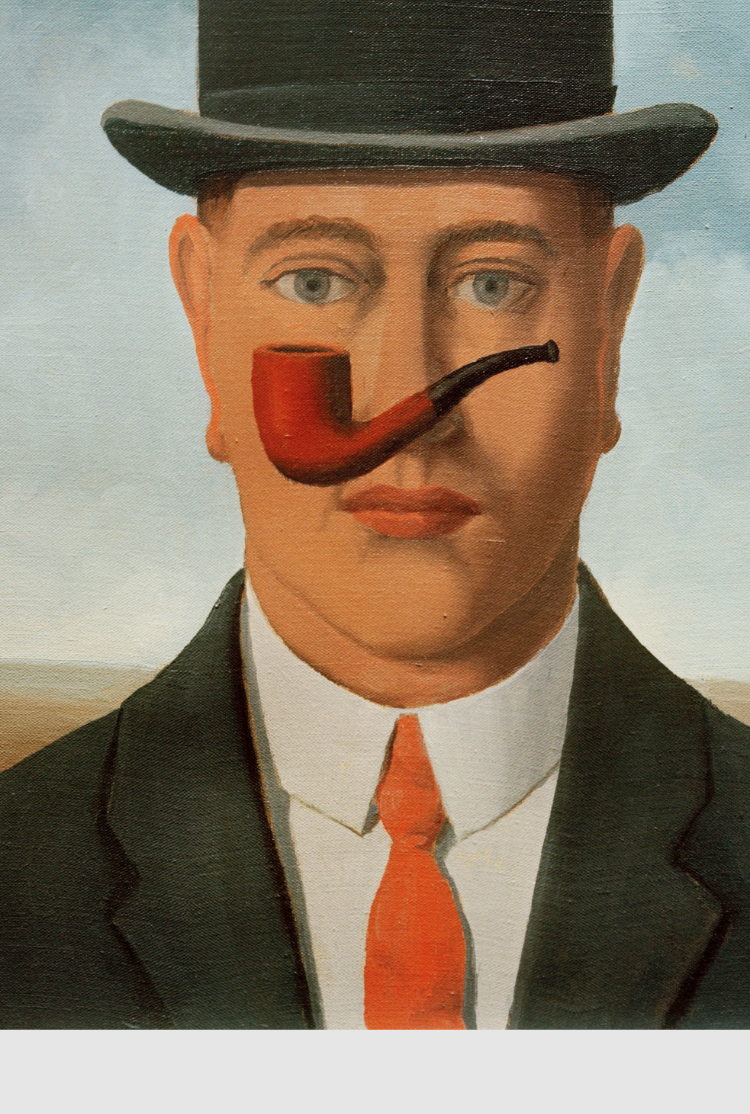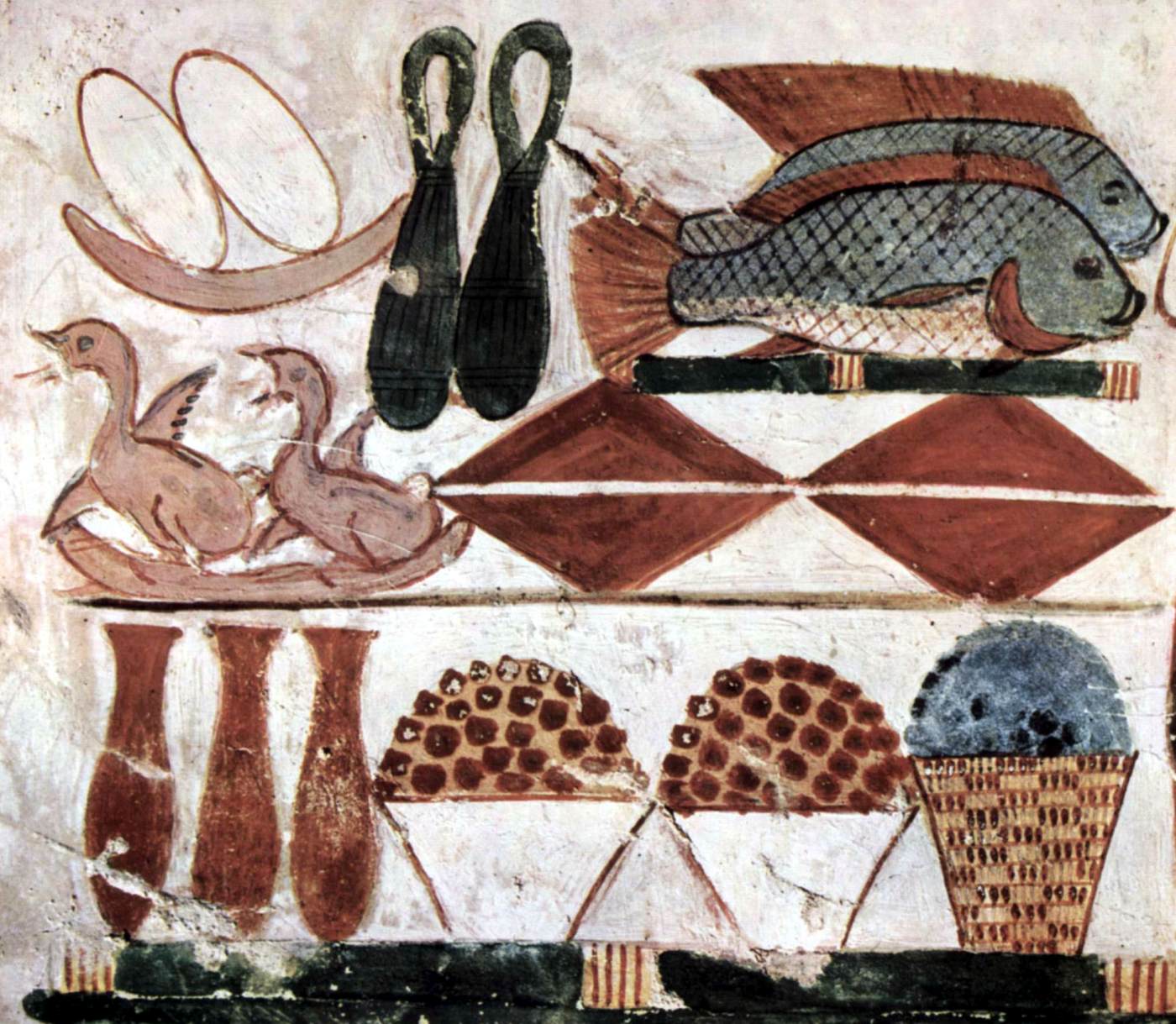
Although still life painting became particularly popular with artists and audiences from the 1600s onwards, it has been going for millennia.
Look at these piles of fruit, bread, eggs, fish, and ducklings found painted on the walls of the Tomb of Menna in Thebes, Ancient Egypt, from around 1400 BCE. What a treat was in store in their afterlife!

These bowls and jars of fruit are paintings from Roman Pompeii. Despite being over 2,000 years old, it is still possible to see the hallmarks of an outstanding still life painting – an exquisite manipulation of light and shadow, and the illusion of depth and three–dimensionality.

Still life is a brilliant vehicle for artists to show off and compete with one another, and there have always been artistic competitions and rivalries! In 5th century BCE Greece – or so legend has it – the rivals in still life were Zeuxis and Parrhasius.
According to Roman scholar Pliny the Elder, the story goes that Zeuxis made a painting of grapes which was so realistic that birds flew down to eat them. But his rival, Parrhasius, went a step further. When the judges went to move back a curtain to see his painting underneath, they realized that the curtain was the painting!

